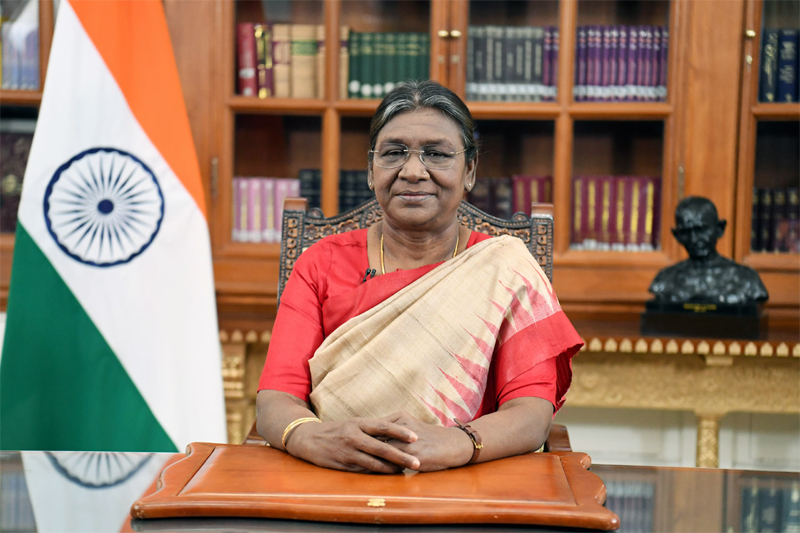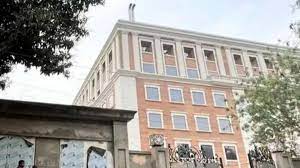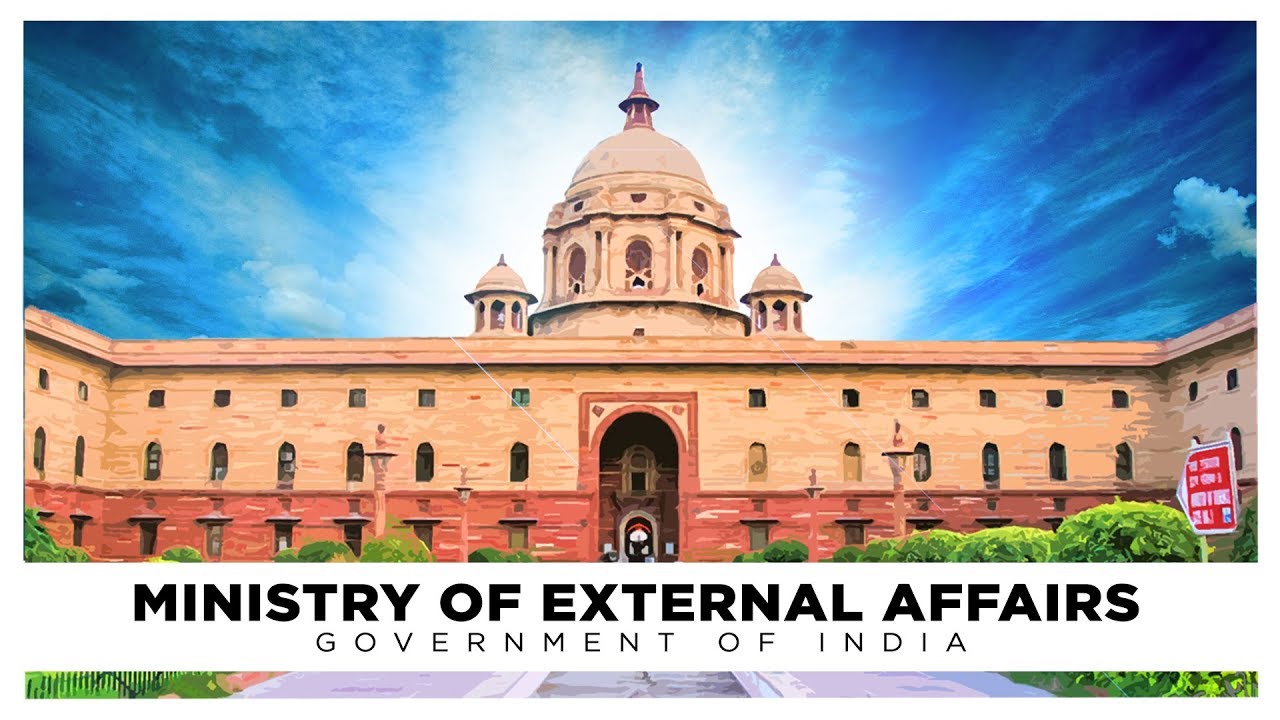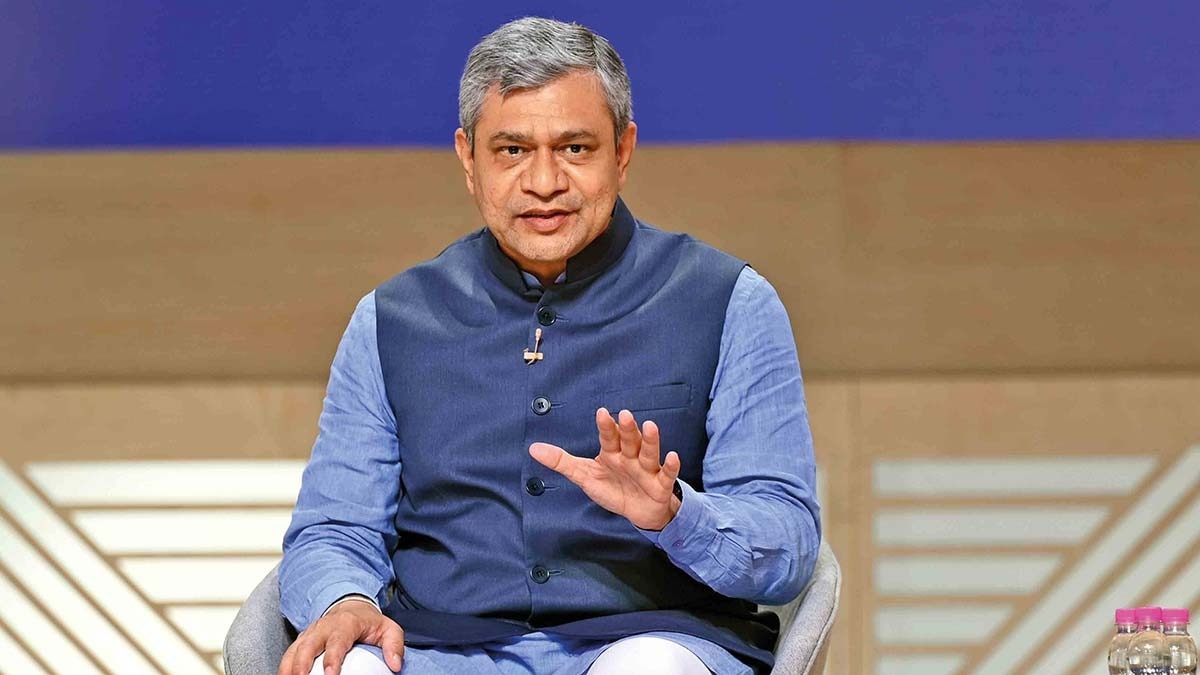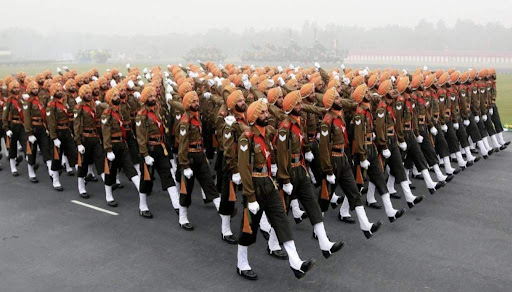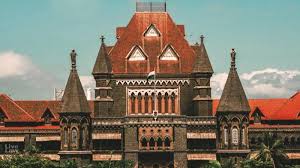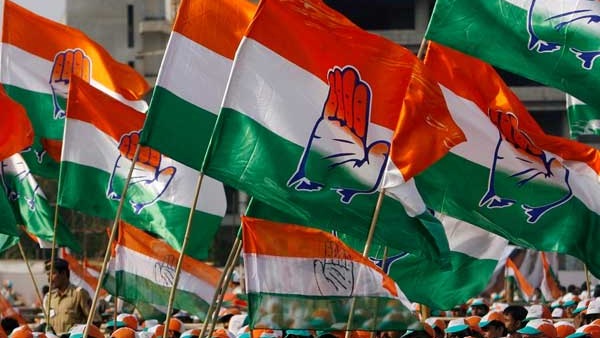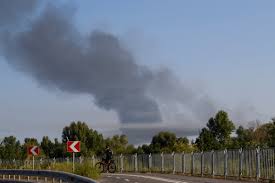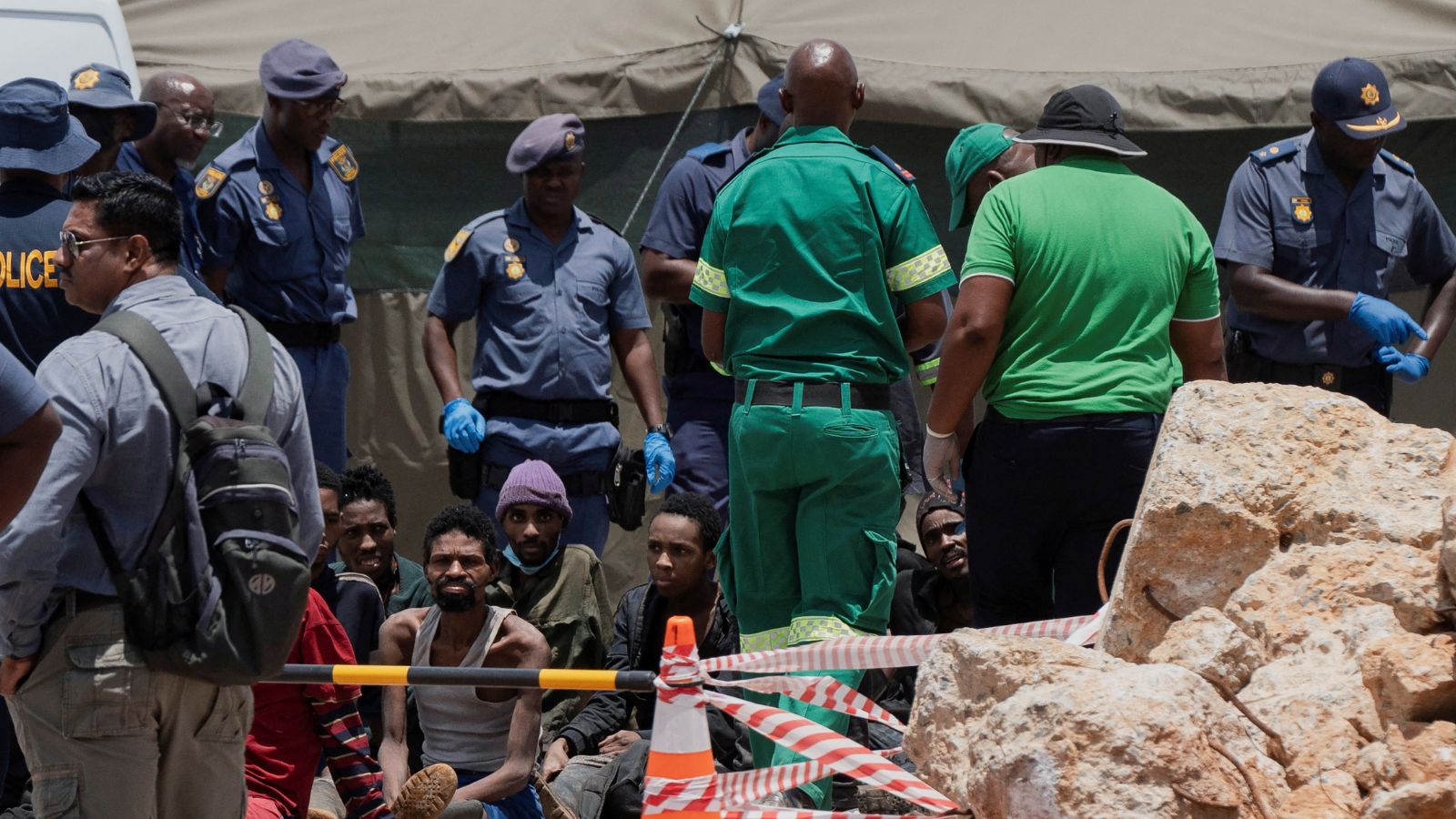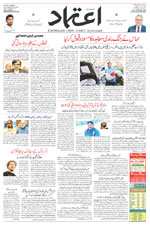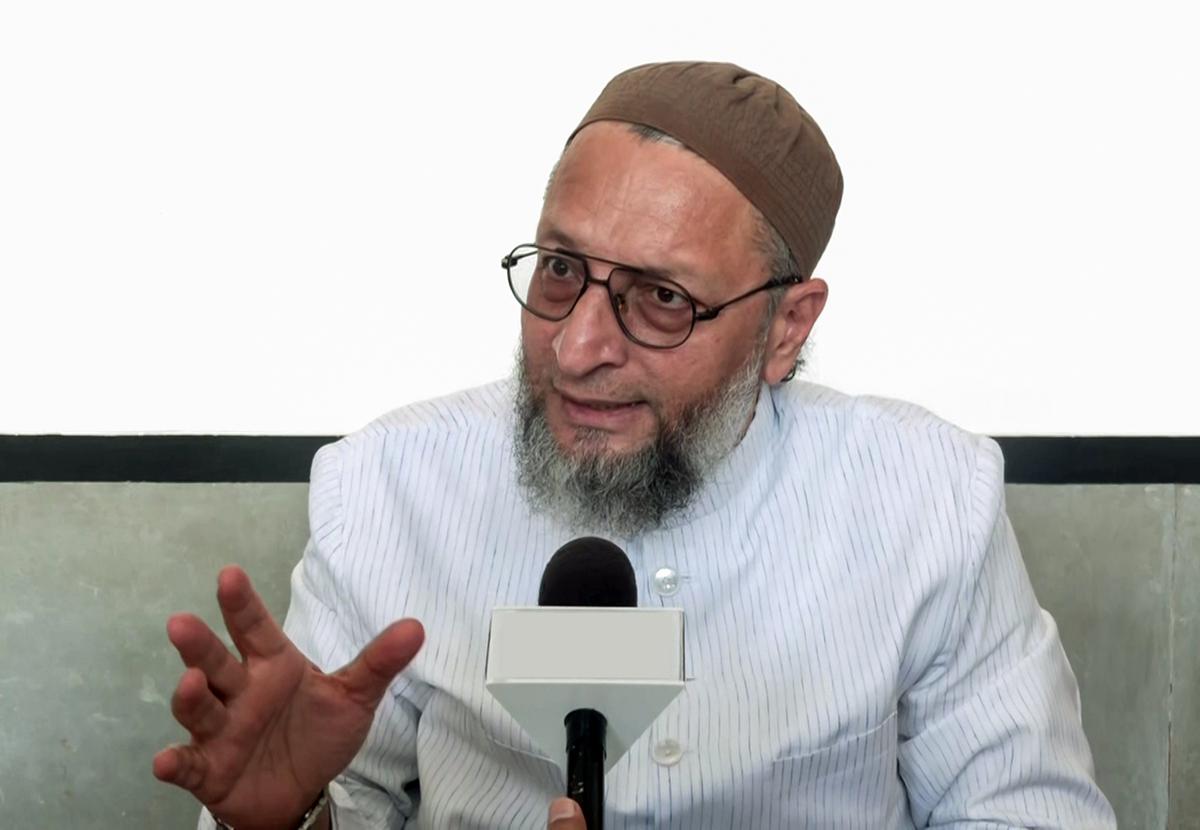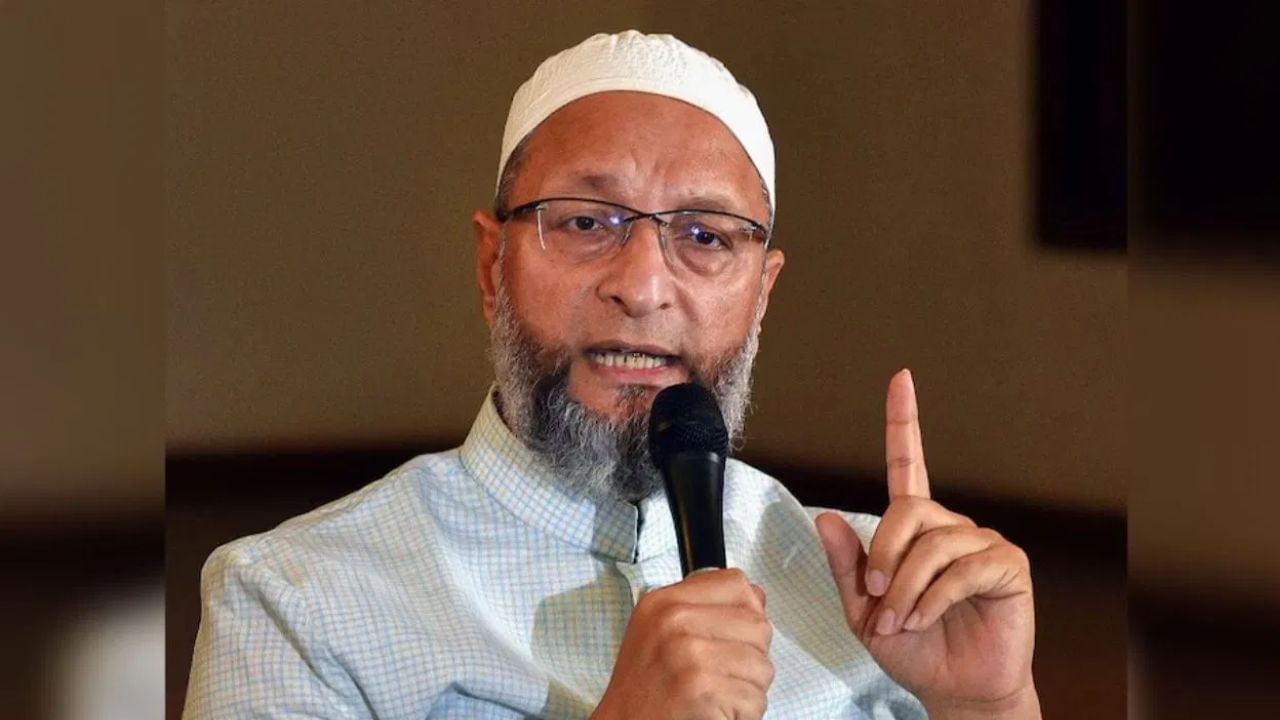Gyanvapi case: Grand Hindu temple existed before mosque, claims Hindu side lawyer quotes ASI survey
Fri 26 Jan 2024, 01:01:44
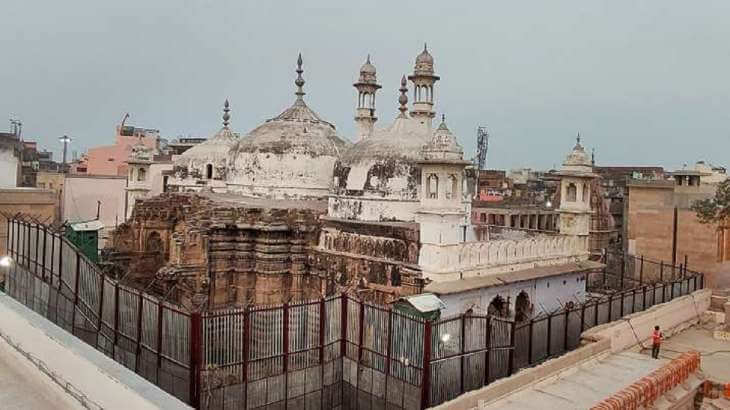
A grand Hindu temple existed prior to the construction of the existing structure in the Gyanvapi complex, the Archaeological Survey of India has mentioned in its survey report, informed Hindu Advocate Vishnu Shankar Jain.
"Based on scientific studies/survey carried out study of architectural remains, exposed features and artefacts inscriptions, art and sculptures, it can be said that there existed a Hindu temple prior to the construction of the existing structure," Hindu side lawyer quoted a part of the ASI survey report.
A Varanasi court on Wednesday ruled that both the sides in the Gyanvapi case -- Hindu and Muslim -- will get access to the ASI's survey report of the Gyanvapi case.
Giving more details in the Gyanvapi case, Advocate Vishnu Shankar Jain, representing the Hindu side, said, "The ASI has said that during the survey, a number of inscriptions were noticed on the existing and preexisting structure."
"A total of 34 inscriptions were recorded during the present survey and 32 stamped pages were taken. These are in fact inscriptions on the stone of a pre-existing Hindu temple which have been reused during the construction, repair of the existing structure," he said.
"They include inscriptions in the Devanagari, Grantha, Telugu and Kannada scripts. The reuse of earlier inscriptions in the structure suggests that the earlier structures were destroyed and their parts were
reused in the construction repair of the existing structure. Three names of deities such as Janardana, Rudra and Umeshwara are found in these inscriptions," Jain added.
reused in the construction repair of the existing structure. Three names of deities such as Janardana, Rudra and Umeshwara are found in these inscriptions," Jain added.
Giving more details on the ASI's survey report, Vishnu Shankar Jain said, "The ASI has said that the pillars and plasters used in the existing structure were studied systematically and scientifically for the enlargement of the mosque and constructing Sahan. Parts of preexisting temples, including pillars and plasters, were reused with little modifications."
"A minute study of pillars and plasters in corridors suggests that they were originally part of a pre-existing Hindu temple for their reuse in the existing structure, Vyala figures carved on either side of the lotus medallion were mutilated and after removing the stone mass from the corners, that space was decorated with floral design. This observed patient is supported by two similar plasters still existing on the north and southern walls of the western chamber in their original place..."
"ASI in its report has stated that a Hindu temple was destroyed and a Masjid was built on its remains...," informed Hindu Side Advocate Subhash Nandan Chaturvedi.
Advocate of the Hindu side, Sudhir Tripathi said, "...ASI in its report has clearly stated everything. The report talks about the pillars & the western wall. Sculptures of Hindu deities and carved architectural were found on the walls..."
No Comments For This Post, Be first to write a Comment.
Most viewed from National
Most viewed from World
AIMIM News
Asaduddin Owaisi questions PM Modi's China policy
Jan 08, 2025
Owaisi slams UP over police post near Sambhal mosque
Dec 31, 2024
Owaisi hails SC order on Places of Worship Act
Dec 13, 2024
AAP Corporator Tahir Hussain joins AIMIM party
Dec 11, 2024
Latest Urdu News
Most Viewed
May 26, 2020
Which political party will win the Delhi Assembly polls to be held on Feb 5?
Latest Videos View All
Like Us
Home
About Us
Advertise With Us
All Polls
Epaper Archives
Privacy Policy
Contact Us
Download Etemaad App
© 2025 Etemaad Daily News, All Rights Reserved.





